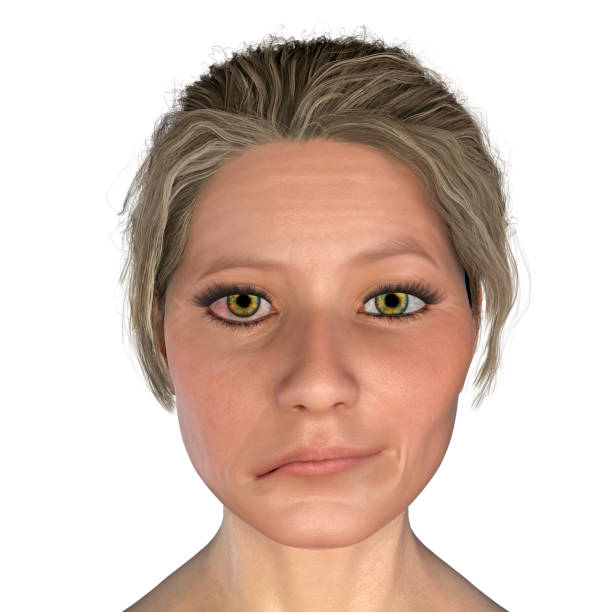Bell's Palsy
Overview: Bell's Palsy is a neurological condition characterized by sudden, temporary weakness or paralysis of the muscles on one side of the face. It is named after Sir Charles Bell, a Scottish surgeon who first described the condition.
Overview: Bell's Palsy is a neurological condition characterized by sudden, temporary weakness or paralysis of the muscles on one side of the face. It is named after Sir Charles Bell, a Scottish surgeon who first described the condition.
Symptoms:
- Facial Weakness or Paralysis: Sudden onset of weakness or paralysis on one side of the face, affecting the muscles responsible for facial expression.
- Drooping of the Face: The affected side of the face may droop, making it difficult to close the eye or smile.
- Loss of Taste: Changes in taste sensation, especially on the front two-thirds of the tongue.
- Increased Sensitivity to Sound in One Ear: Hyperacusis, or heightened sensitivity to sounds, may occur in one ear.
- Tearing or Drooling: Difficulty controlling tears or saliva on the affected side.
- Headache and Ear Pain: Some individuals may experience headaches, discomfort, or pain around the jaw or behind the ear on the affected side.
Causes: The exact cause of Bell's Palsy is not fully understood, but it is believed to be related to viral infections, especially the herpes simplex virus. Other potential contributing factors include:
- Viral Infections: Herpes simplex virus, which causes cold sores, is often implicated. Other viruses, such as the Epstein-Barr virus or respiratory infections, may also be associated.
- Immune System Response: Inflammation and swelling of the facial nerve, possibly triggered by the body's immune response to a viral infection.
- Genetic Predisposition: Some individuals may have a genetic predisposition that makes them more susceptible to developing Bell's Palsy.
- Diabetes: People with diabetes may have a slightly higher risk of developing Bell's Palsy. Top of FormTop of Form

